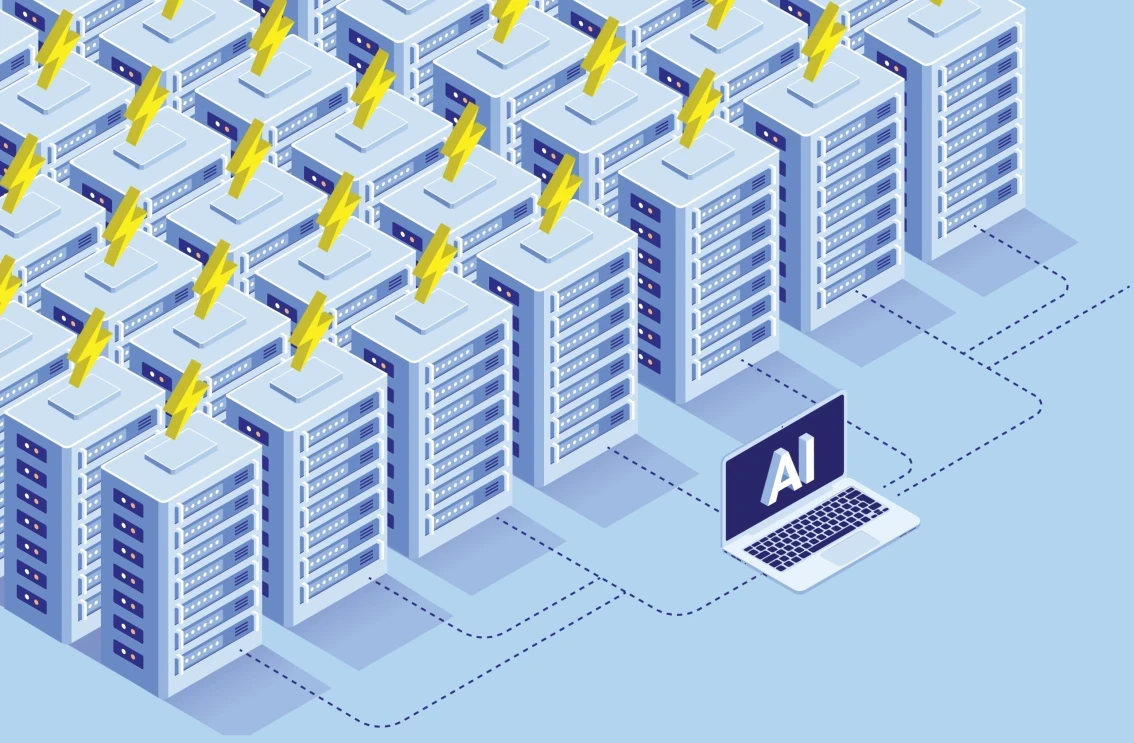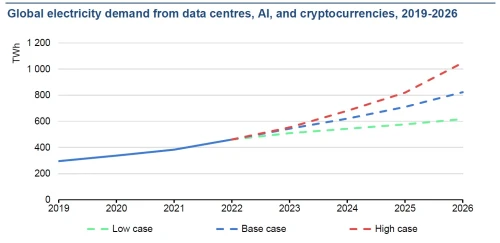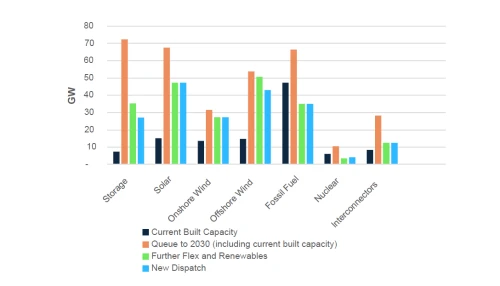The AI revolution needs power. Can the UK keep up?
Fintan Devenney, Senior Energy Analyst at Montel Analytics, explores the tension between the UK’s AI ambitions and its clean energy goals.



Fintan Devenney, Senior Energy Analyst at Montel Analytics, explores the tension between the UK’s AI ambitions and its clean energy goals.


